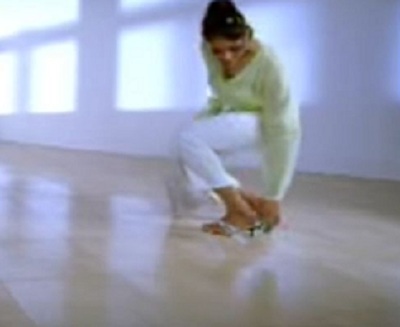material
1:51 AM
The best adhesive for vitrified tiles
 |
| The best adhesive of vitrified tiles is an adhesive that is as good as if used for flooring and walls |
The best glue for tiles is when used for walls or ceilings including the use of glue for vitrification tiles. As is known the tiles are often used to face walls, ceilings or floors in rooms with high humidity. This material has many positive properties: moisture resistance, easy to clean. However, to stay well and long, we need glue for tiles, which are reliable and do not respond to the environment.
Type glue for tiles
Many manufacturers are releasing binder compounds in the market today. Their names are heard by those who build or improve the place professionally. There are several types of glue in terms of characteristics and properties: they have improved elasticity, strength, resistance to moisture and frost. Choosing a certain composition, we must always consider the conditions under which it will be used.
Some types of glue for tiles of ceramic, mosaic or vitrified tiles. It is suitable to work in rooms with floor or walls made of brick or concrete. It falls well on the plastered surface. Because it has the good moisture resistance, it will be appropriate when fixing the room with micro climate. They can even get defective in the ceilings, walls and floors. All this is possible, thanks to the properties that this glue has for tiles: it is plastic, moist and frost resistant. He caught quickly. Facing the material does not slip on the wall. Before application, the composition is diluted (1 kg of mixture per quart of water), mixed and left for 5-10 minutes. Then mix it again. Already diluted with water, adhesive is used for three to four hours. It is recommended to apply the composition in layers of three to five millimeters. On the buyer's glue only causes the best response.
Products called super polymers are also suitable for working inside and outside the building. In rooms where moisture increases, for example in a swimming pool, this tile adhesive is applied three days after the wall has been treated with waterproofing material. The binder compound is very reliable and has various applications. It provides high quality work to face ceramic tiles on the surface. Glue is recommended to apply a five millimeter layer, at a temperature of +5 to +30 degrees. Applications In general, choose glue for tiles, you should focus on the characteristics of a brand. The types of materials encountered are not the problem at the moment: porcelain stoneware, mosaics, etc. In any case, the glue should ensure the installation of a durable material to the surface: walls, floors, ceilings.
After the work is done, it is usually necessary to close the seams among the individual tiles. But this problem is easily solved the appropriate glue for it. These are made because of a cement-sand composition with the addition of high-quality polymers. Extraordinary white glues have incredible adhesive properties. It does not require seaming. According to buyers and professionals, the best adhesive for tiles is one that meets the requirements in certain situations and has the required properties. For example, when working with heavy materials, such as natural stone, marble, stoneware porcelain, these recommended materials are ideal for garages, storage and industrial premises.
Read more Vitrified tiles adhesive











